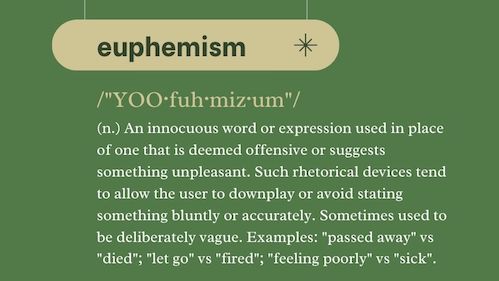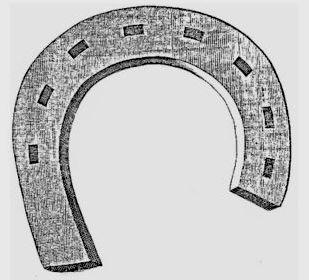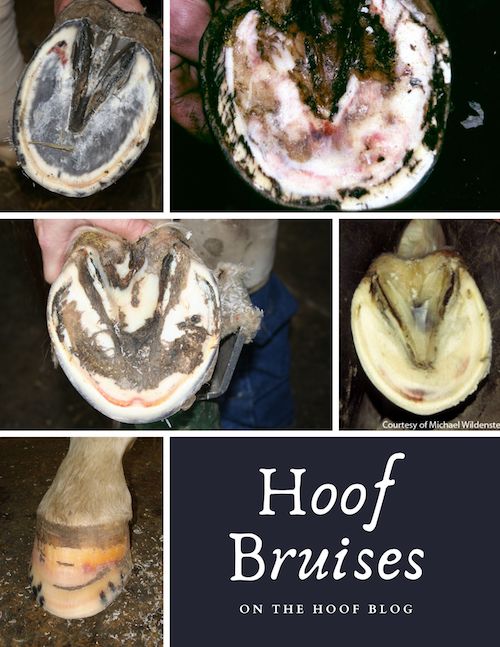On Saturday, the 2023 Kentucky Derby favorite was scratched from the big race, just hours before the horses headed to the starting gate. Two-year-old champion Forte stayed in the barn that afternoon, after a Kentucky Horse Racing Commission veterinarian scratched the colt following a post-gallop inspection in the stable area.
As tragic as those losses were, it was Forte's scratch that attracted the most attention and discussion on Derby Day. Should he have run or not? Was the colt a victim of discrimination by regulators who feared that such a high-profile and valuable horse might be further injured if he raced? We'll never know that answer, but Forte is safe tonight, and will almost certainly run again.
Forte's inspection followed two days of speculation about whether the colt really was injured, and to what extent. As is common, trainer Todd Pletcher kept his concerns to himself and left the speculation to others, with oversight by state veterinarians who were on hand for workouts and pre-race inspections.
Several consulting veterinarians were called in to look at the colt, but so far none has commented on what -- if anything -- they had observed on the bottom of his foot. What mattered was that the colt was not trotting up soundly.
This video, shot by the University of Louisville's Will Clark on Saturday morning, shows Forte's final jog for the Kentucky Horse Racing Commission Chief Veterinarian, Nicholas Smith.
Forte takes a jog for the state vet as his Derby fate remains in limbo. pic.twitter.com/7H9IfZP6bY
— Will Clark (@WClark_TV) May 6, 2023
On Thursday, the horse was reported to "bobble" slightly during a workout; as a result, his right front plate was either replaced or reconfigured into a three-quarter shoe. All that means is that a portion of the heel branch was removed, changing the support under the heel and possibly the impact of the foot on the ground. The shoe is often used for horses with quarter cracks and to relieve sore heels.
What veterinarians and farriers know, but what is not often passed along to television audiences, is that even a small sore spot on a hoof can not just make a horse visibly lame; it can also subtly change the way a horse moves. It could make a horse resist changing leads after the turn for home. It might make a horse feel unbalanced in the banked turn or coming out of the gate. And even after the pain has resolved with healing, a horse might still anticipate that it will feel pain in a certain phase of the race, or when the track is muddy or turf is not as forgiving as the horse would prefer.
Worst of all, depending on location, a tender spot in a heel could advance over time to an ulcerated corn, an abscess, or cause deformity in the heel bulbs from prolonged, unequal weightbearing.
On Friday, the horse seemed to be fine while galloping 1 3/8 mile in the three-quarter shoe. Quoted in the Daily Racing Form, Todd Pletcher downplayed injury, noting that the horse had changed leads easily. But when it came to race day and the mandatory scratch imposed by the state-appointed veterinarian, Pletcher left the talking to the horse's locacious co-owner, Mike Repole, who was recorded at length, as he spoke with great emotion about the negative impact the scratch would have on him personally.
Repole repeatedly referred to a hoof or foot bruise,without giving any details on the location or extent or origin of the injury, and mentioned the three-quarter shoe and consulting veterinarians' exams in passing, but his focus clearly centered on his personal disappointment rather than sharing factual information about the horse's foot or future.
All the public had to go on were Repole's vague comments and the Racing Commission veterinarian's ultimate "scratch" decision. No one spoke for the horse or educated the public on what might be wrong or why scratching was ordered.
The commission statement said only, "Forte was scratched from the Kentucky Derby by KHRC veterinarians following Saturday's routine soundness checks."
Even though they had no real facts to go on, media pundits and social media commenters were clearly divided into two camps. Some dismissed a hoof bruise as a trivial injury that should not prevent a horse from racing, even though no veterinarian had made a statement on the severity of the injury. Some people just seemed annoyed that the horse was scratched.
On the other side of the fence, people were relieved that the horse would not run, since he was obviously not 100 percent sound; the scratch order meant that his future would not be risked for one race.
One of the problems with moving racing toward equine health transparency is that bruises can vary greatly in severity according to location, structures involved, and the variations between horses for pain tolerance. One horse's heel bruise is another's corn. Foot bruising on a dark foot is far less obvious than on a horse with light pigment. A foot bruise on a hind foot affects a horse differently than a foot bruise in front. A foot bruise on the medial heel or wall may affect a horse differently than on the lateral wall or in the toe.
And not everyone agrees what a bruise is, in the first place. There is no classification system for bruises. They are difficult to discern and measure and evaluate, especially with a shoe on. Removing and replacing a shoe may not be in the horse's best interest, either. To really see what's going on, a hoof knife or "searcher" tool might be needed. Since racehorses often have thin soles, it could be a risky decision to excavate, especially since medication to fight infection or desensitize tissue might not be possible under racing rules, given withdrawal times.
Over the course of time, a "foot bruise" has been added to the list of euphemisms used in equine lameness. Many of these also concern the foot or shoeing. A foot bruise is probably second only to "took a bad step", the perennial reason given for a horse suffering a career-ending breakdown during a race. "Bobble at the start" is another.
In the high stakes world of horse values, publicizing a precise diagnosis of a lameness injury could affect a horse's resale value, shift odds on race day, or stigmatize a horse later in its breeding career.
 |
| Here's a z bar shoe, used instead of a three-quarter shoe on a Godolphin stakes horse racing in Dubai. The horse was described as having "a sore heel". (Hoof Blog archives, Derek Poupard image) |
One trainer who has been generous with hoof injury details in the past is Bob Baffert, who allowed details of hoof injuries overcome by both American Pharoah and Justify to be shared through the Hoof Blog. Out of respect for those horses and the team working with them, the details were published only after key races, not before.
What is a foot bruise?
 |
| Has this ever happened to you? |
But now imagine that you had to bear weight on that finger- or toenail. As long as the pain goes away, you might forget about it. Or, you might not be able to think about anything else.
One horse may have a foot bruise and not even know it. Another might be three-legged lame. Foot bruises are common in horses who kick their stall walls. They are easily suffered in horses with thin soles or walls, two common characteristics of racing Thoroughbreds.
Corns are perhaps the most common complaint of racehorses, especially Standardbreds. Every old book of advice on training or shoeing includes the author's theory on corns. Military veterinarians bemoaned the incidence of corns and bruises in their horses.
A horse's conformation can affect its tendency to bruise; some horses land with more impact on an outside or inside heel or quarter, and when soreness is present will try subtle ways to change their standing posture or adjust the timing of their strides or their lead preferences to minimize discomfort.
Bruises, like all injuries and condition changes, are diagnosed by careful scrutiny of a horse's stance or posture, comparison of gait characteristics or watching for changes in stride length or frequency, as well as by thoroughly examining the foot and feeling for heat or an elevated pulse.
 |
Once the possibility is raised, the veterinarian or farrier will look for very specific locations of pain reaction by using hoof testers. Not even that is a foolproof method, however, since different people have different techniques for using hoof testers, and different models of hoof testers work slightly differently. For this reason, most vets and farriers have a preference for the type they like to use, but there may be significant differences in force applied or the number of attempts one is willing to undertake to get a reaction.
 |
| Click here to learn more about HoofSearch and how it works. or Click HERE to subscribe/renew now, $119/12 issues. |
Bruised hooves are common enough that each stable will be well prepared to treat the affected foot. The trainer may alter the horse's training or turnout schedule, adjust bedding in the stall, remove or change or adjust shoes, add orthotic hoof filler materials on the bottom of the foot, soak the foot often, poultice it, or medicate the horse under veterinary directions.
Bruised Sole and Corns in Horses by James Belknap in Merck Veterinary Manual, 11th edition.
Read about American Pharoah's heel plate shoe worn in the 2015 Triple Crown.
Read about California Chrome's 2015 foot bruise suffered while in England.
Questions or problems with this site? Click here to send an email hoofblog@gmail.com.








